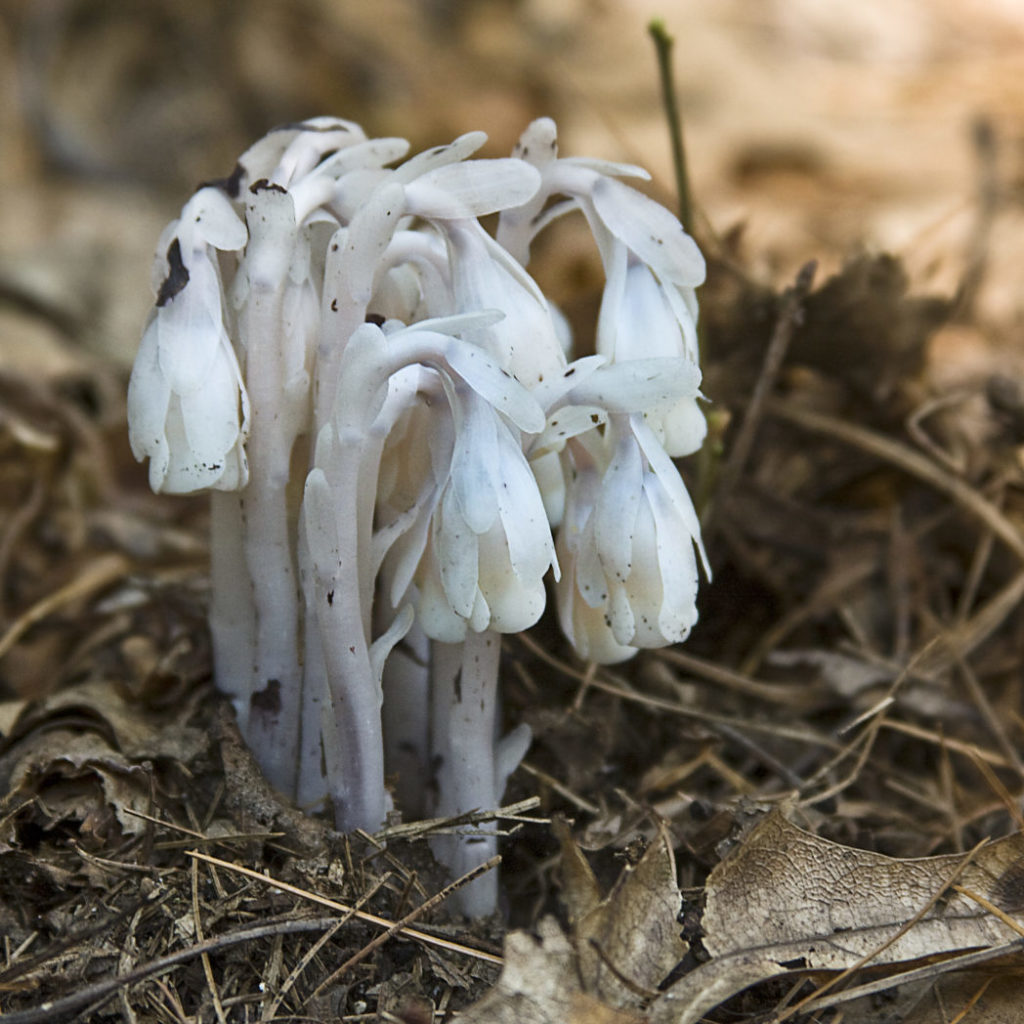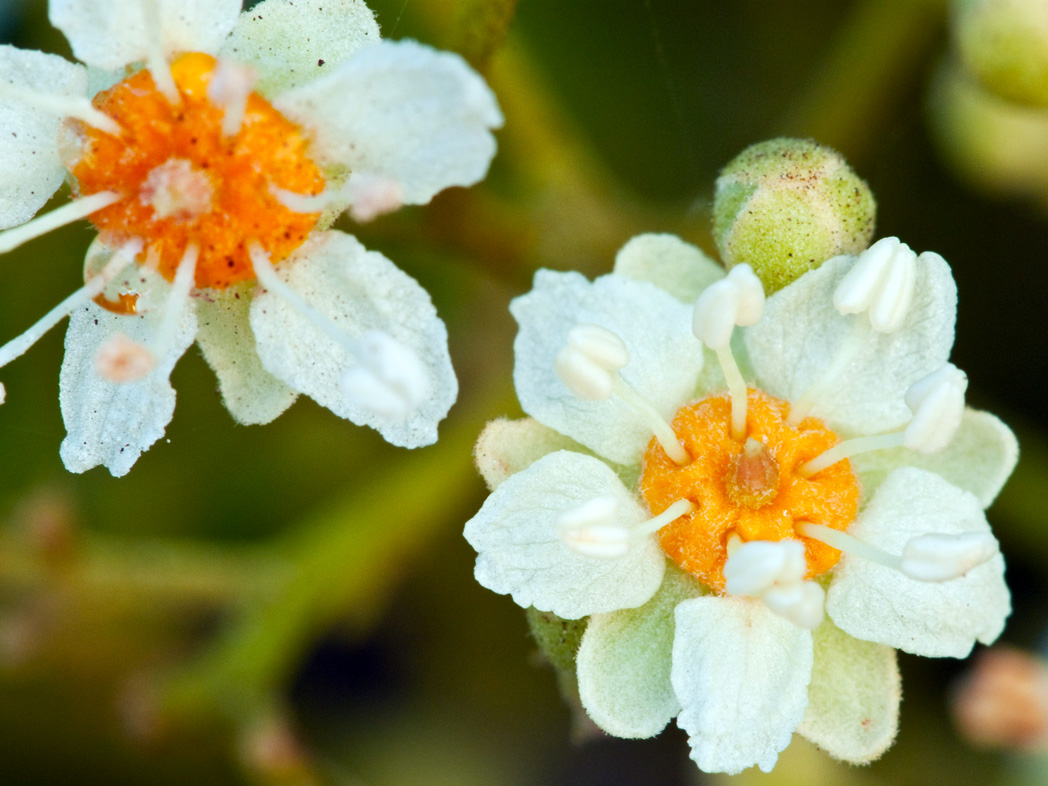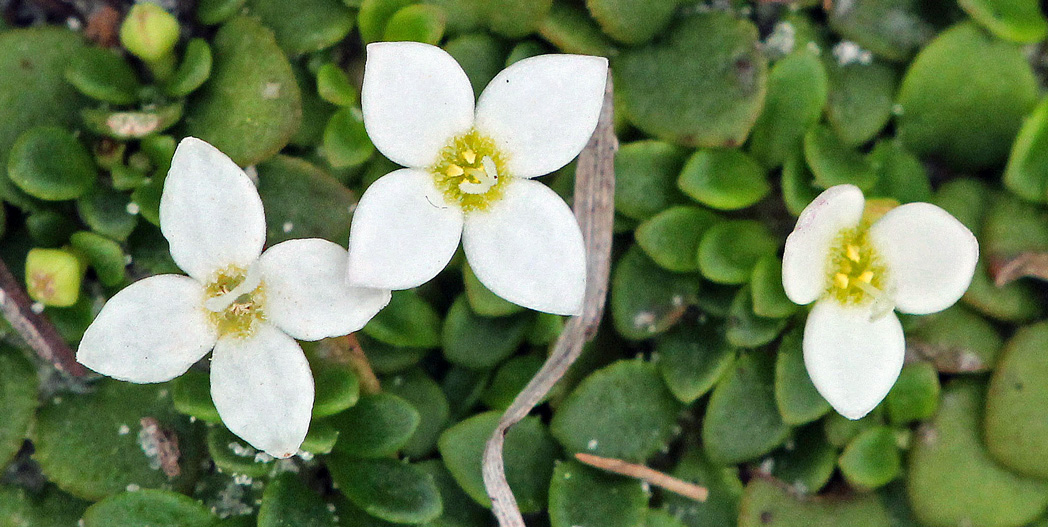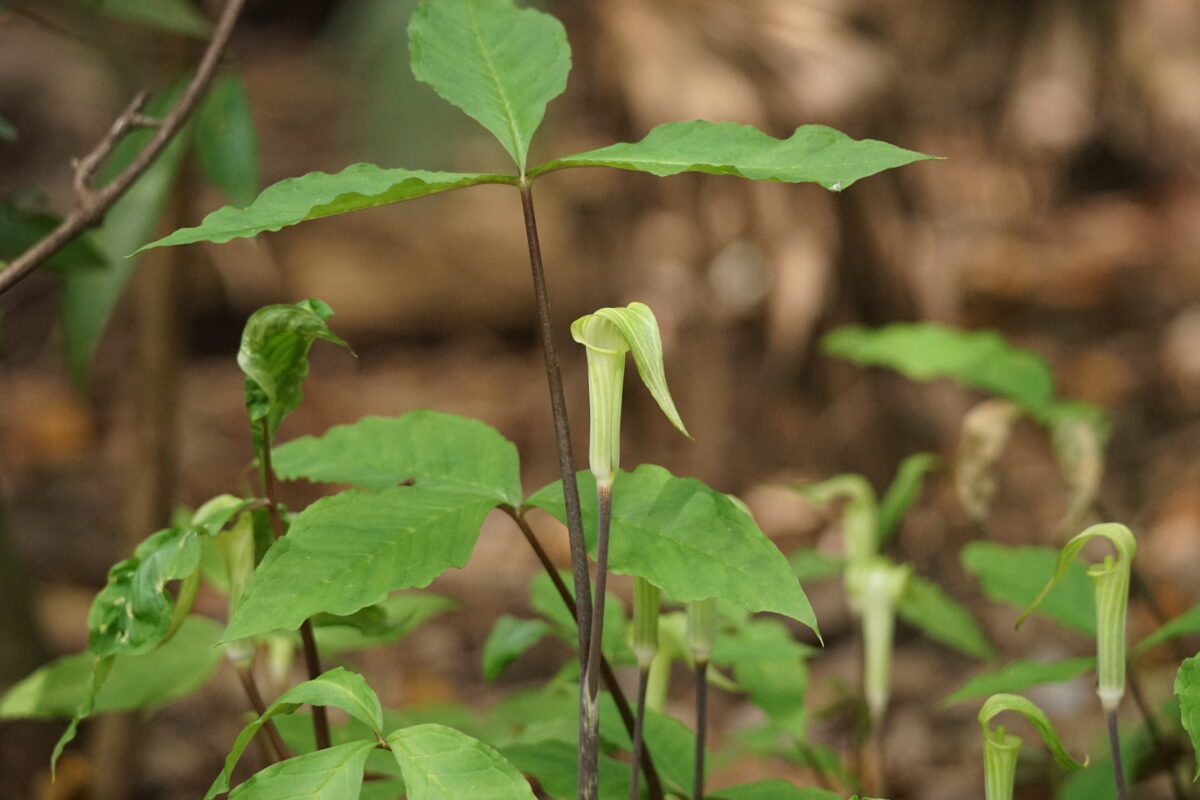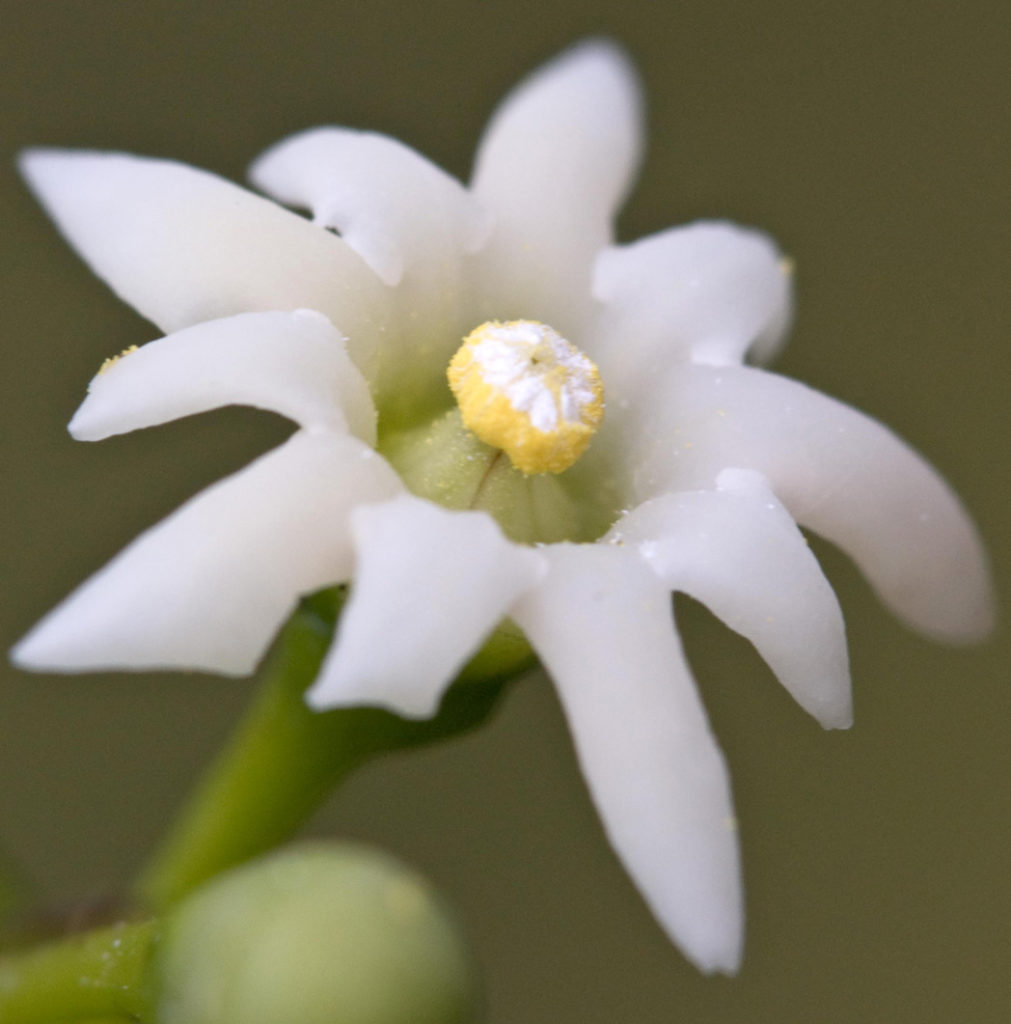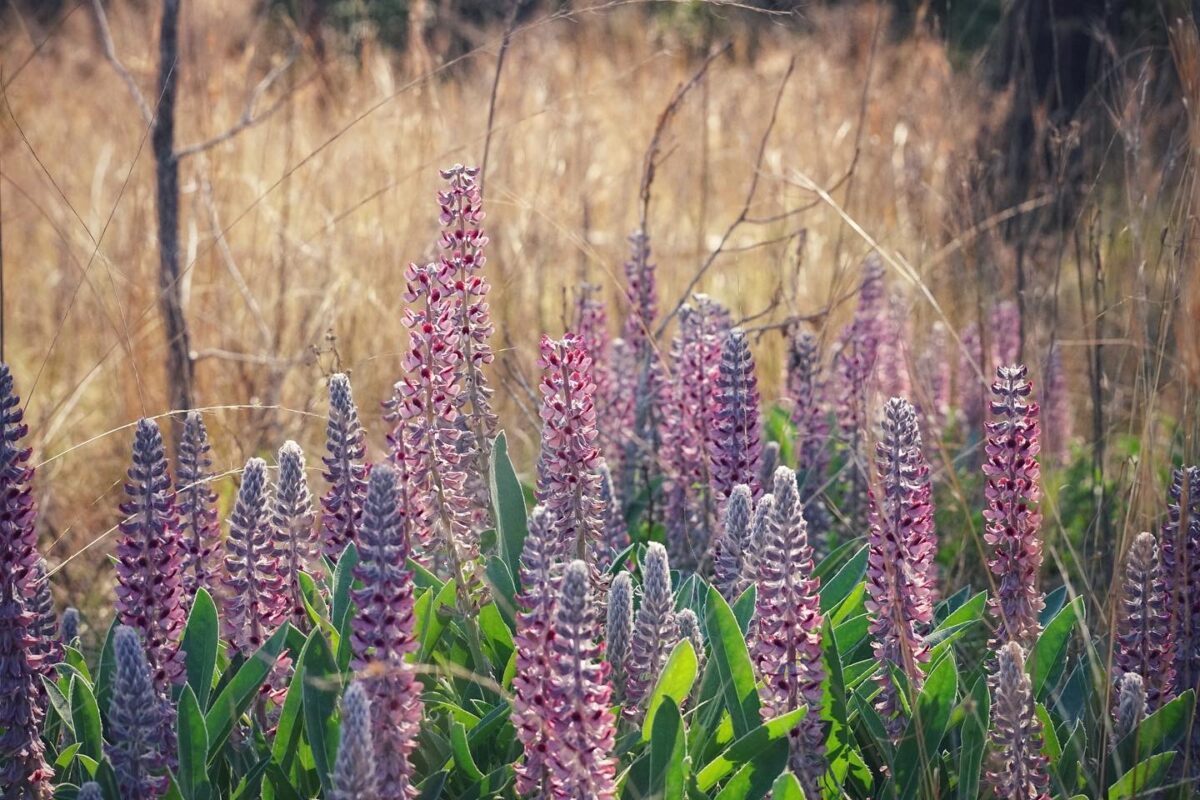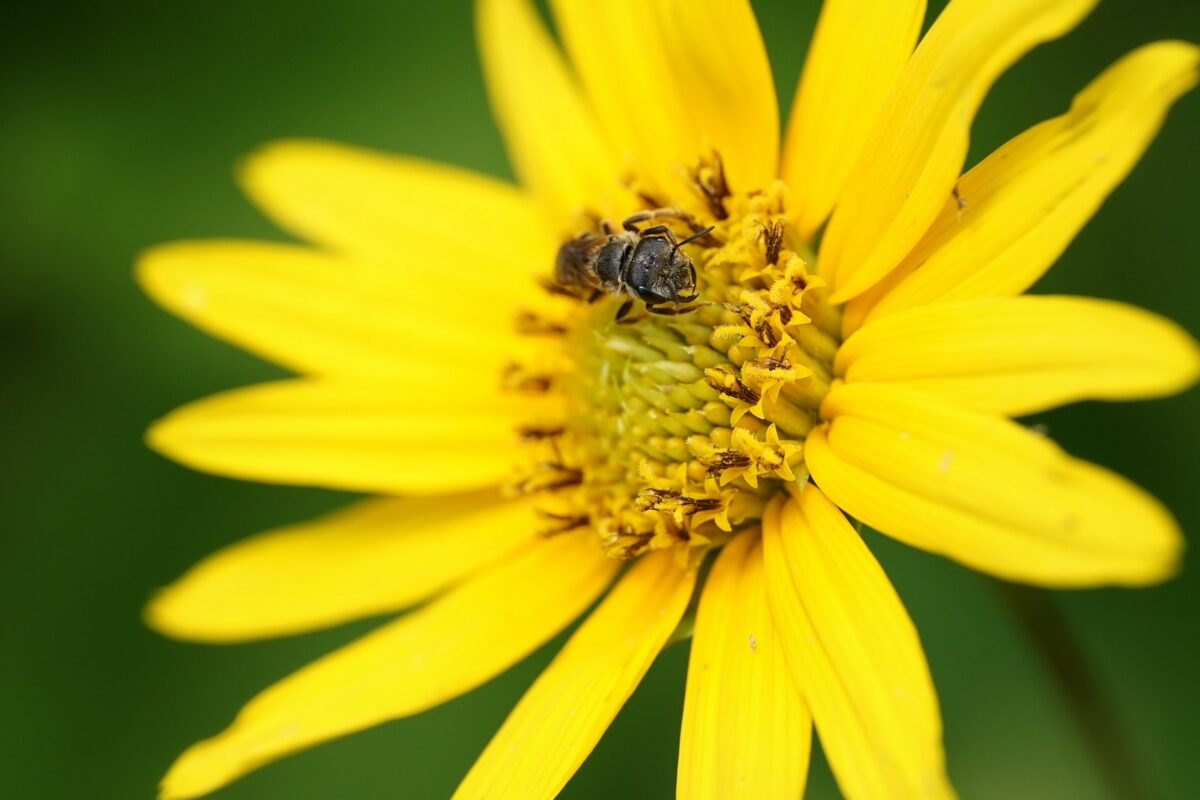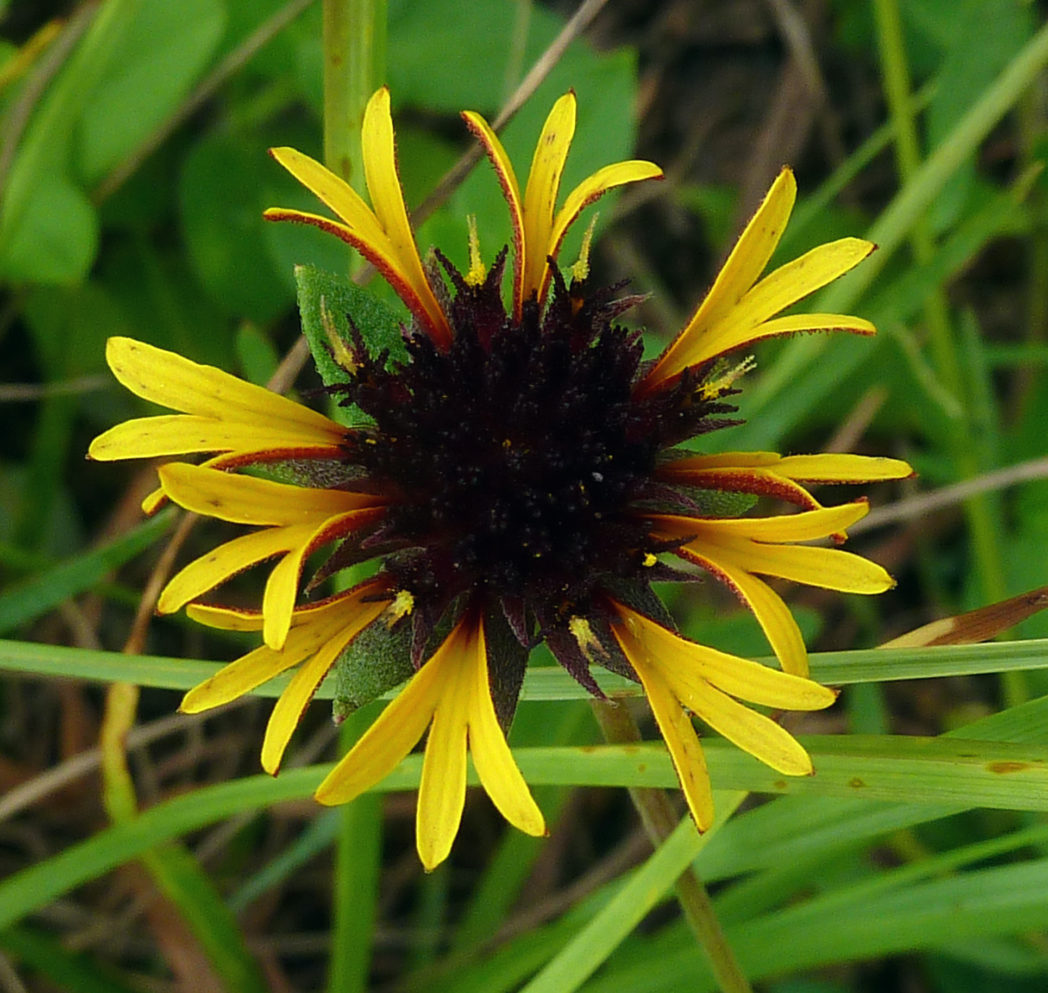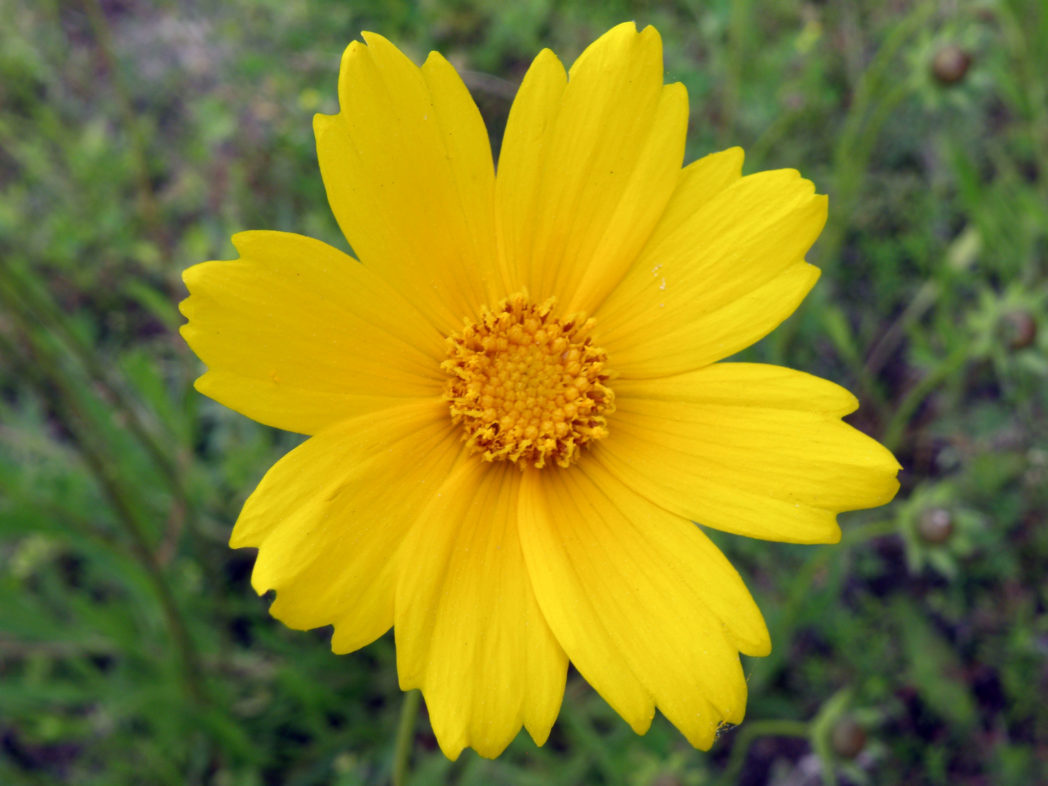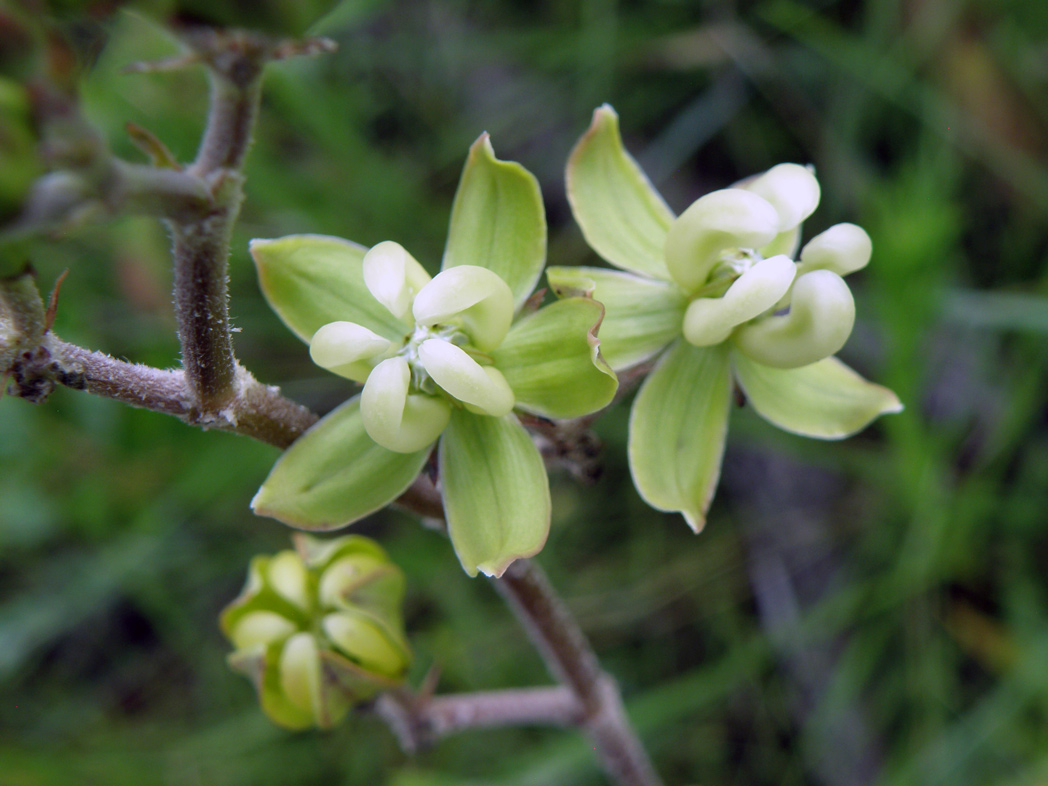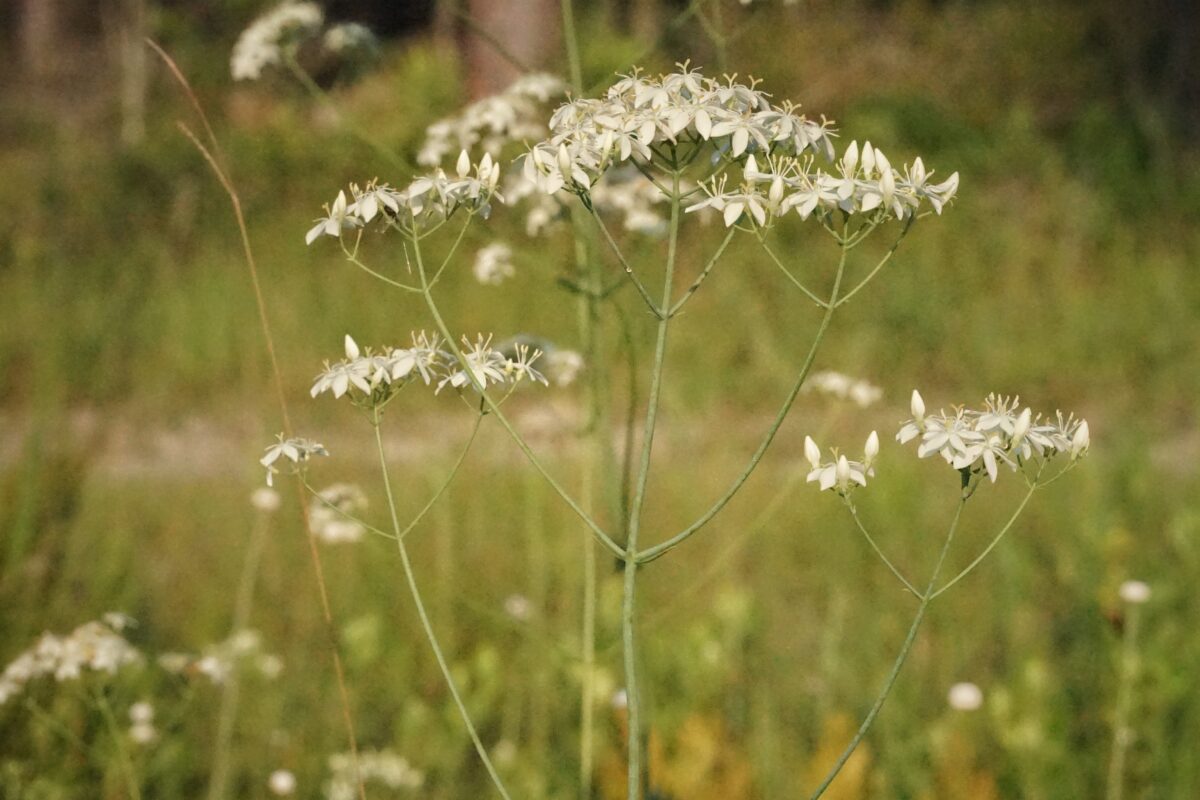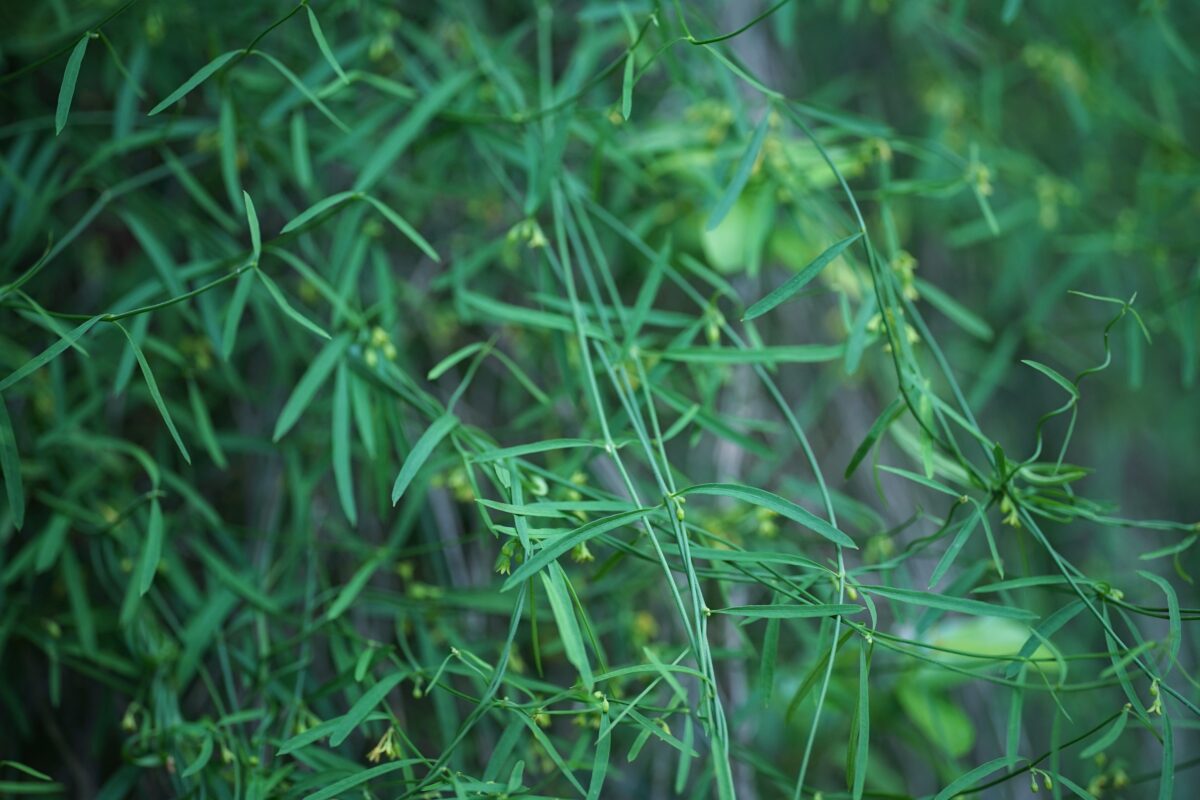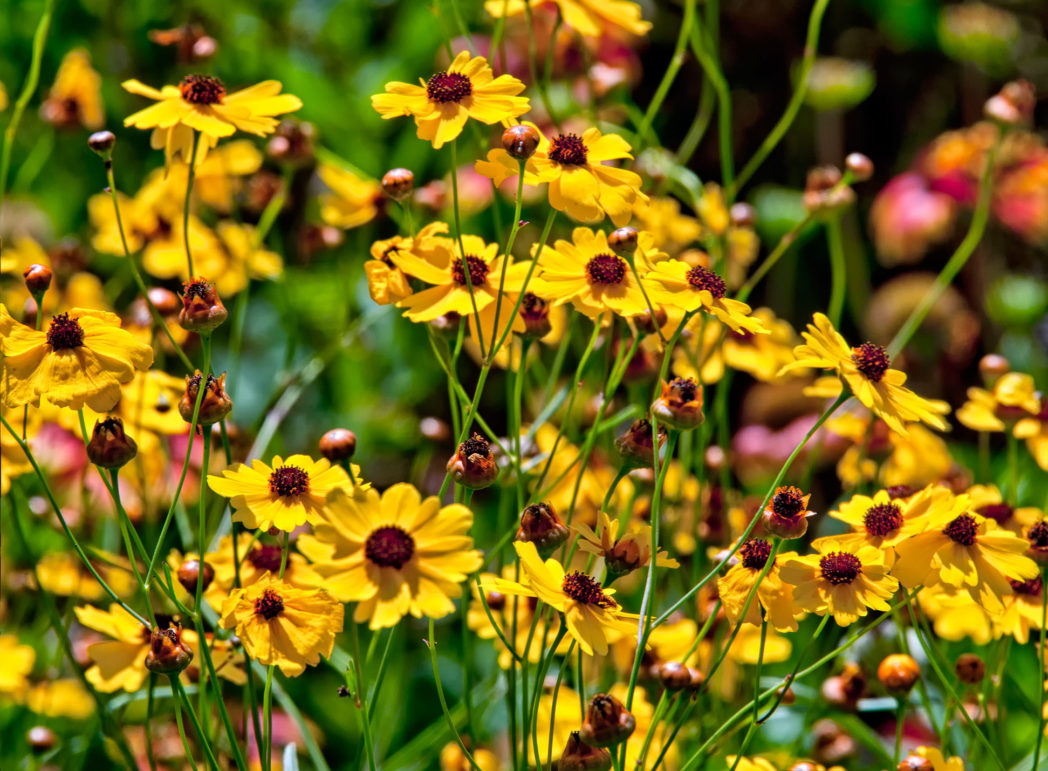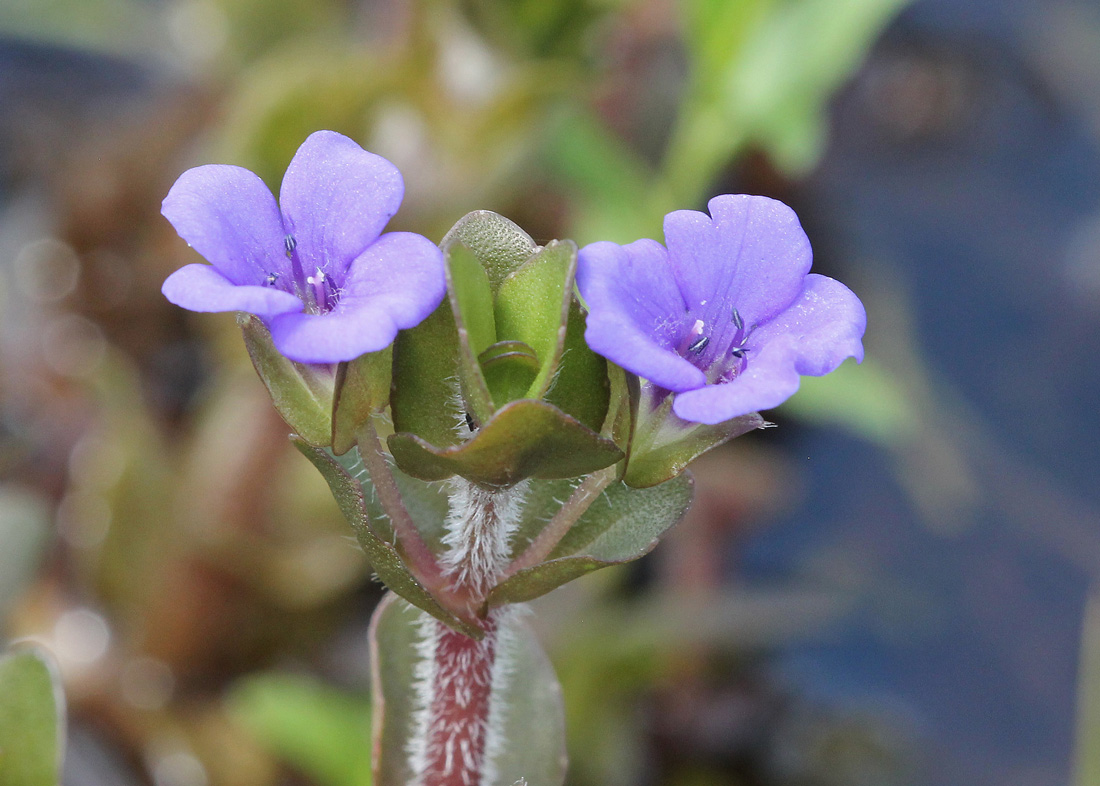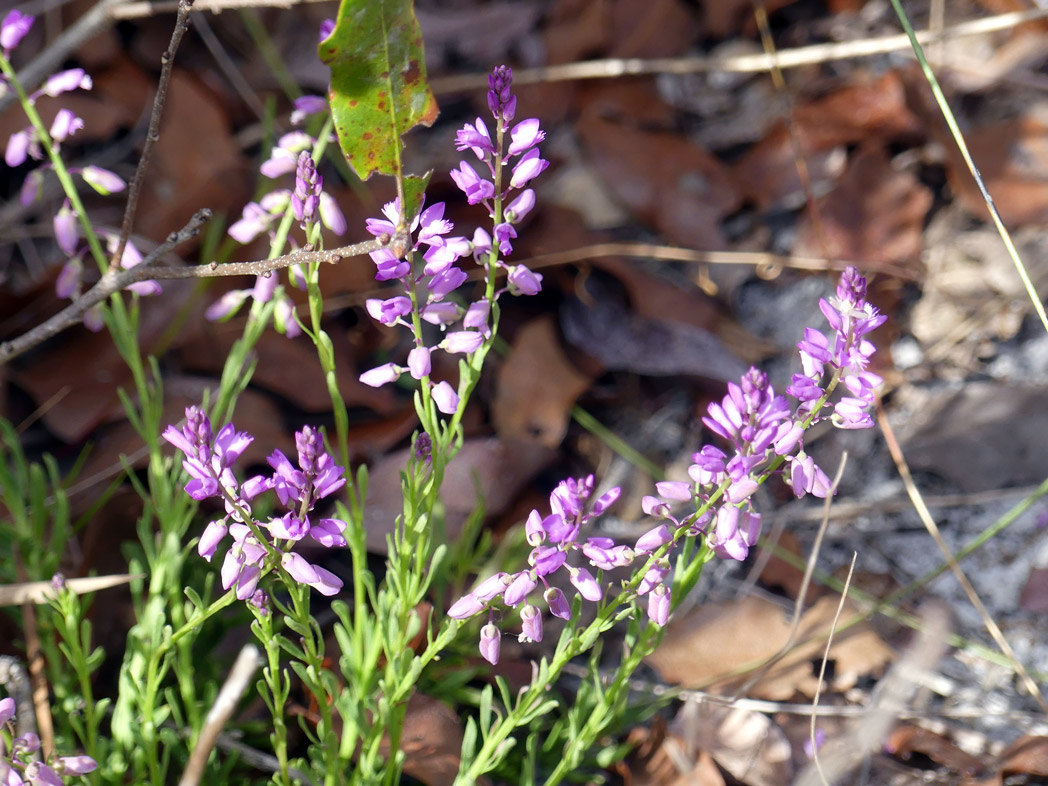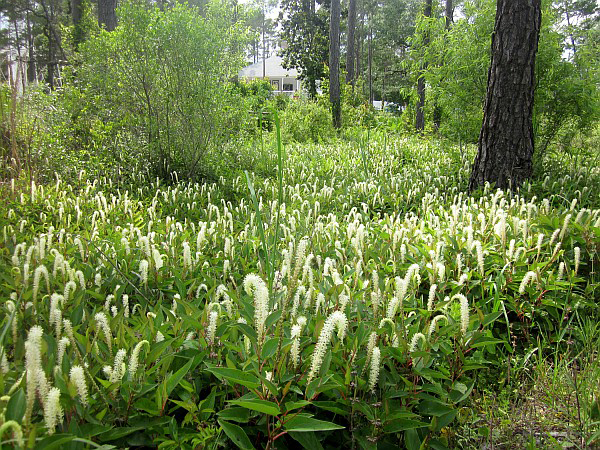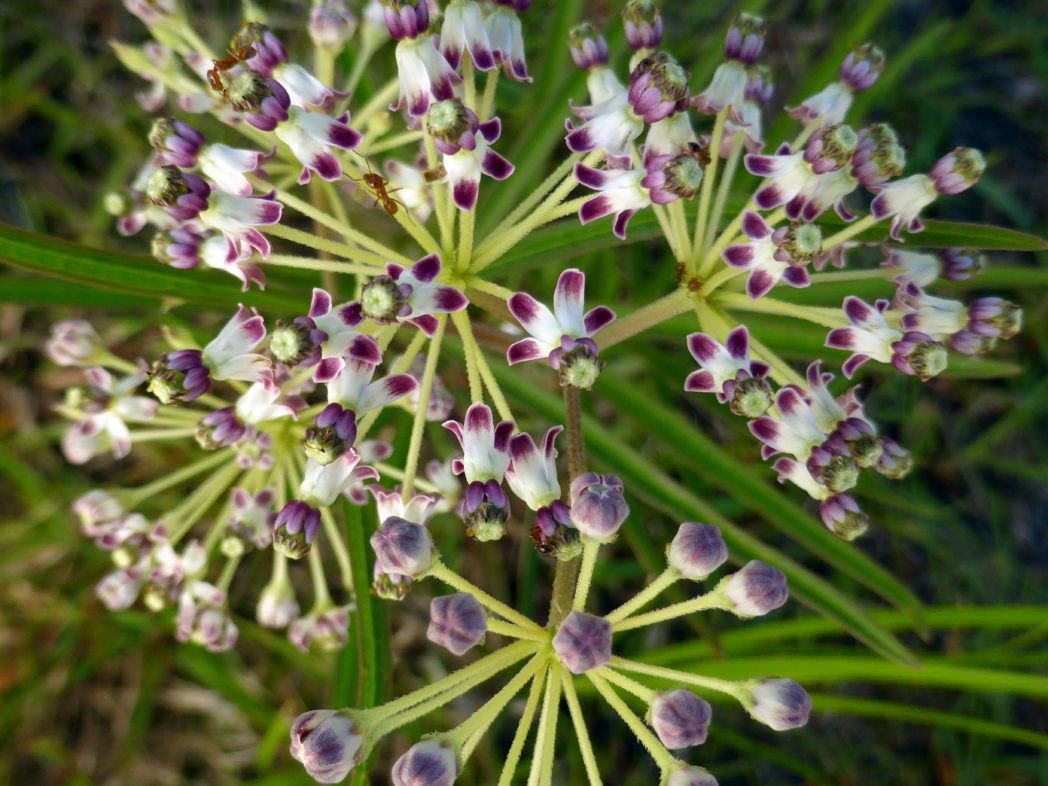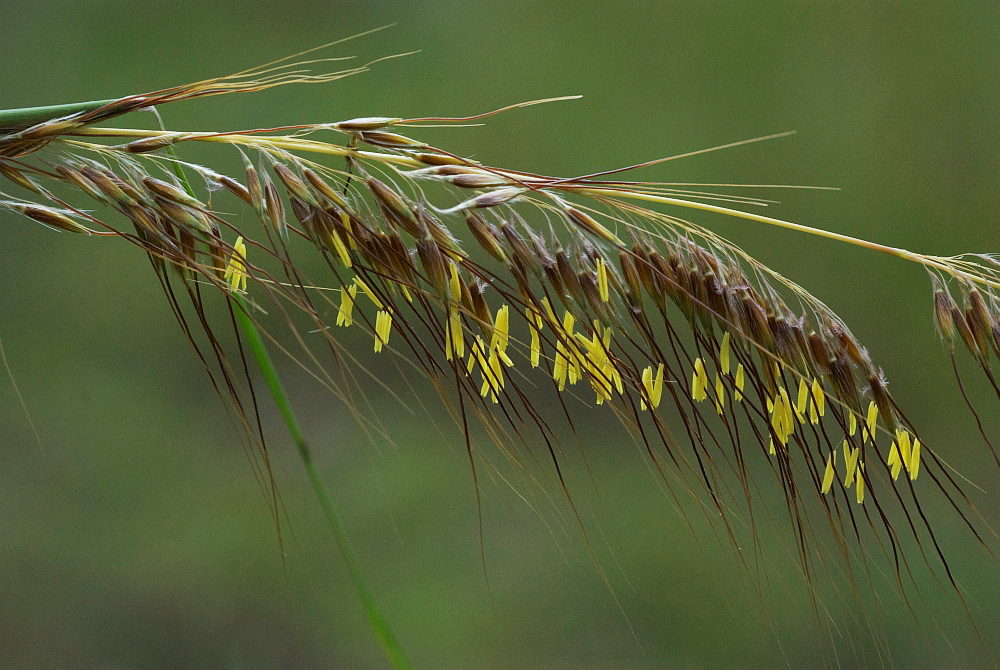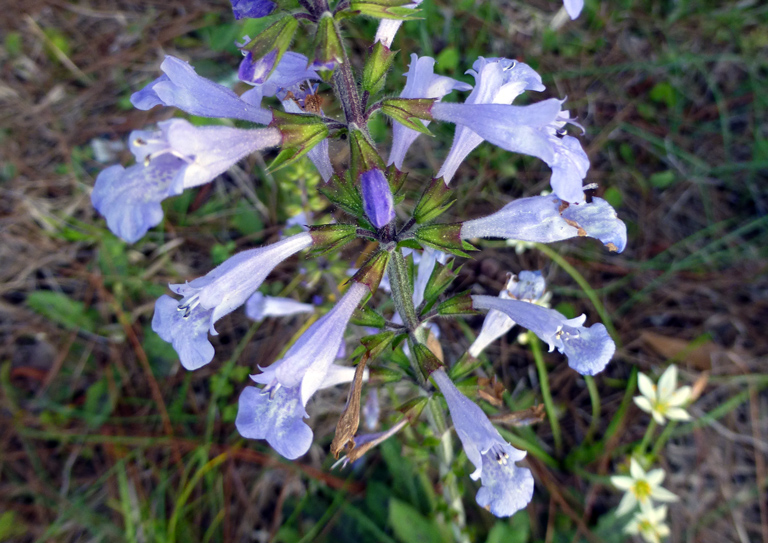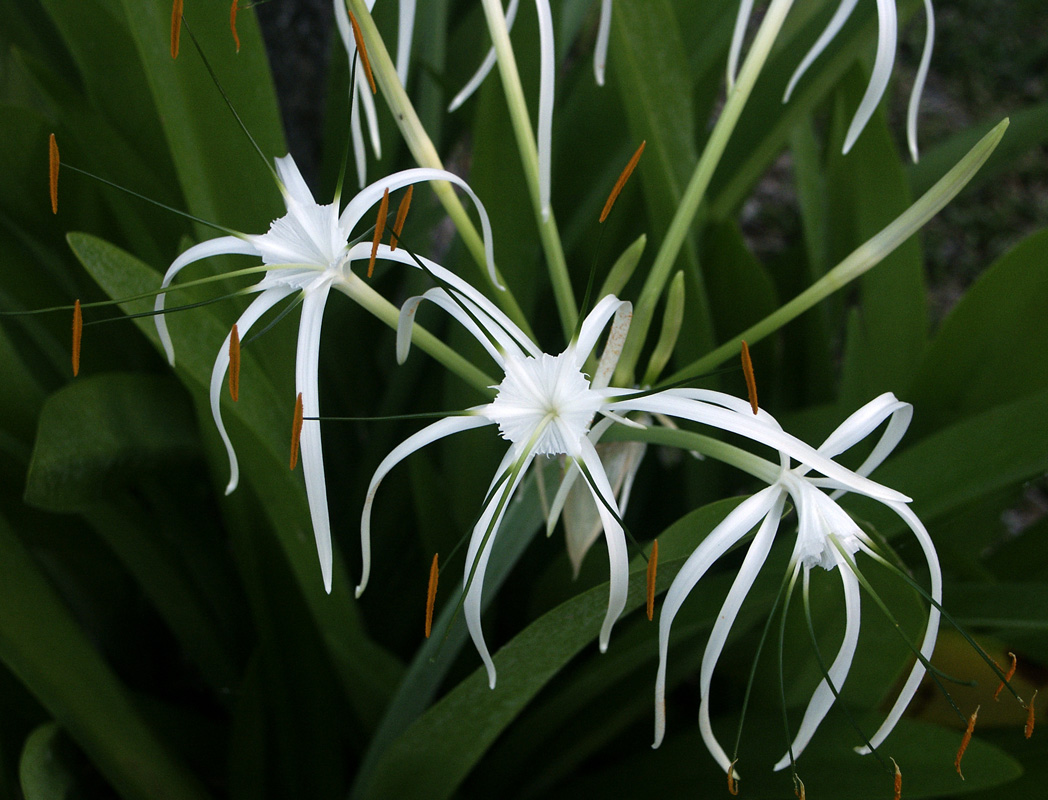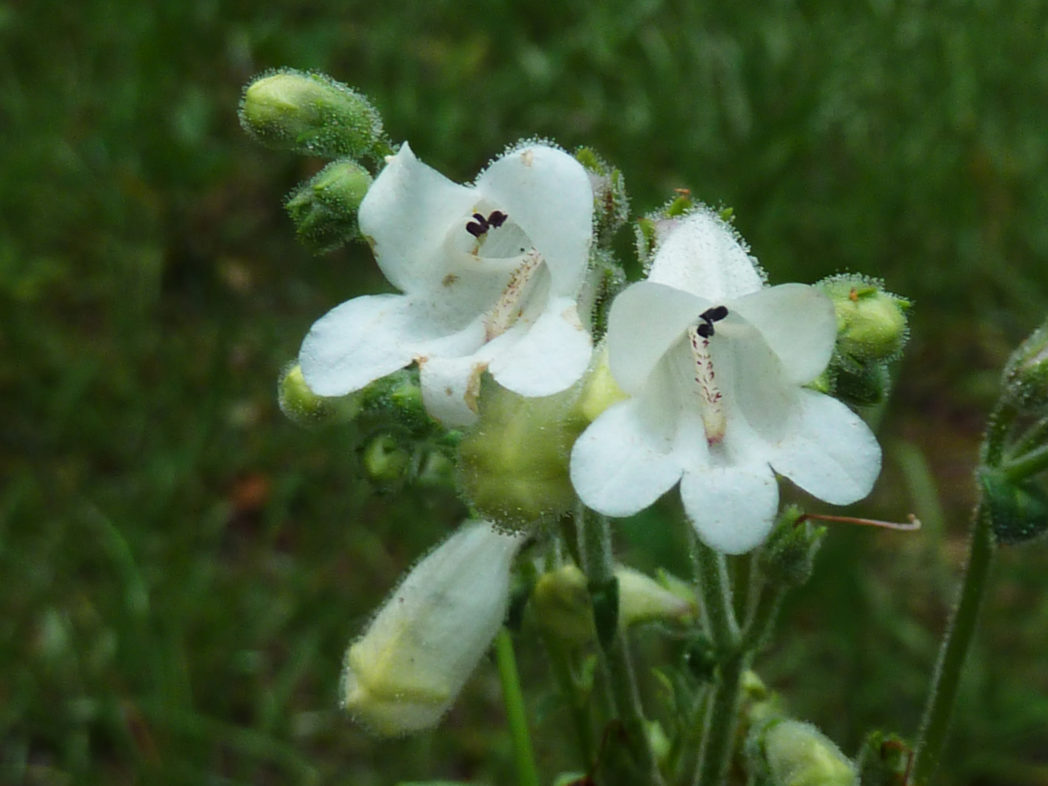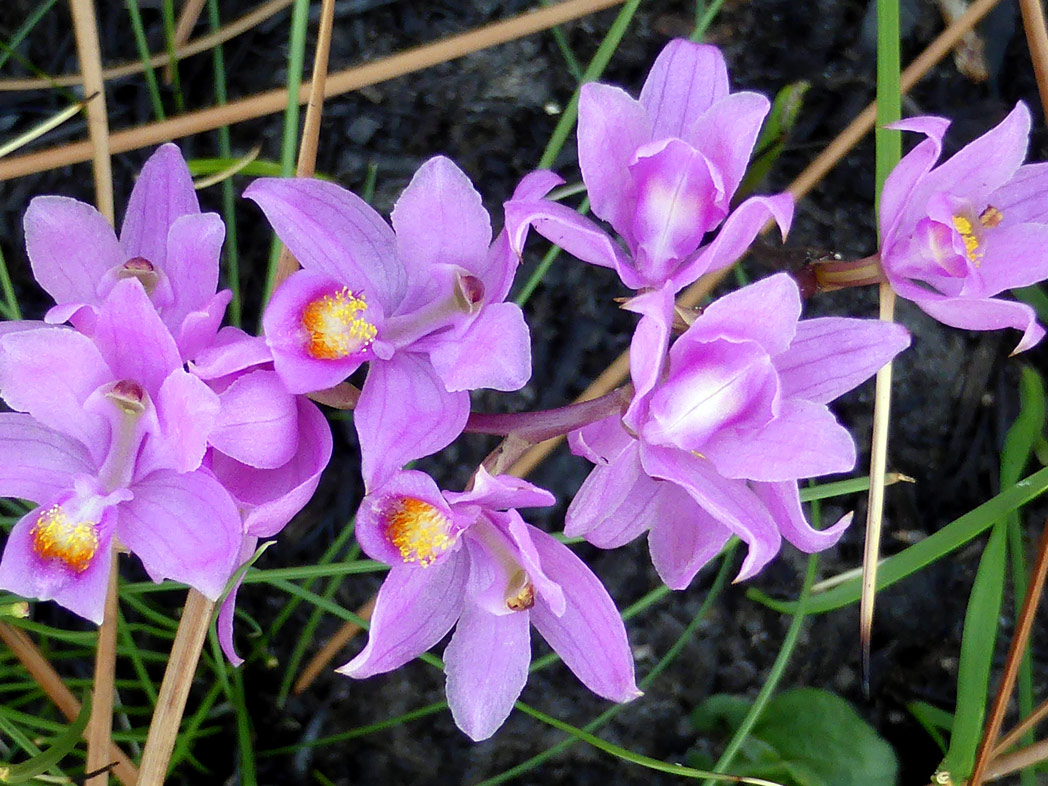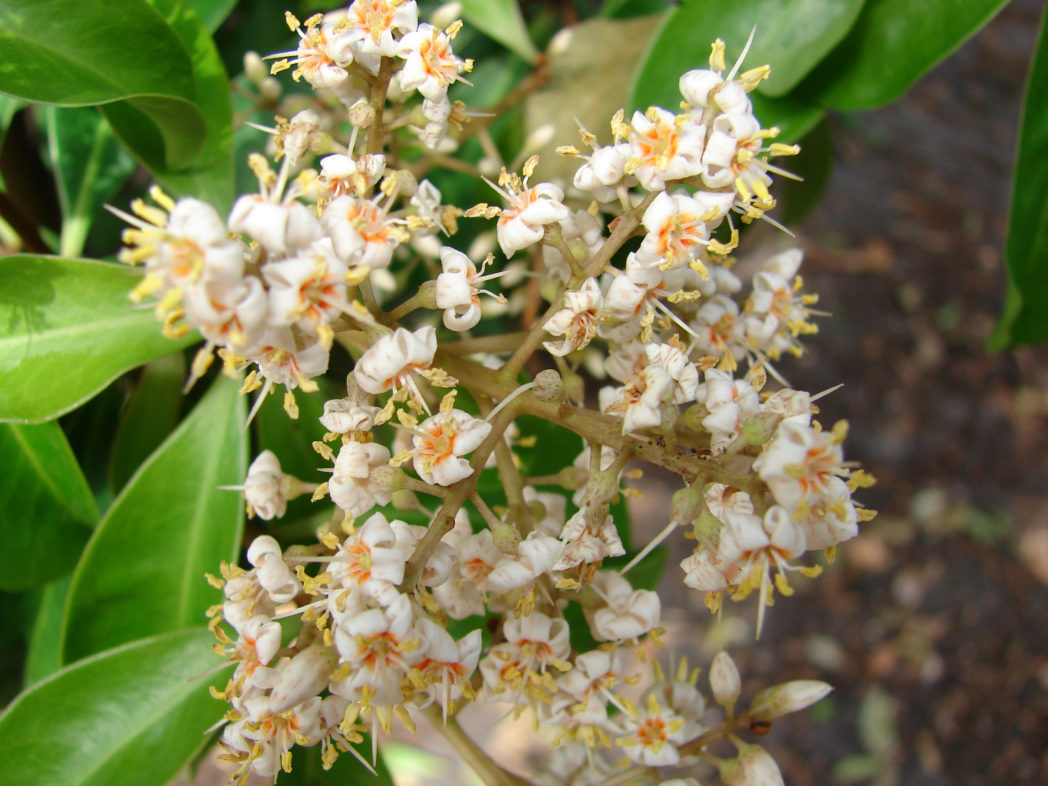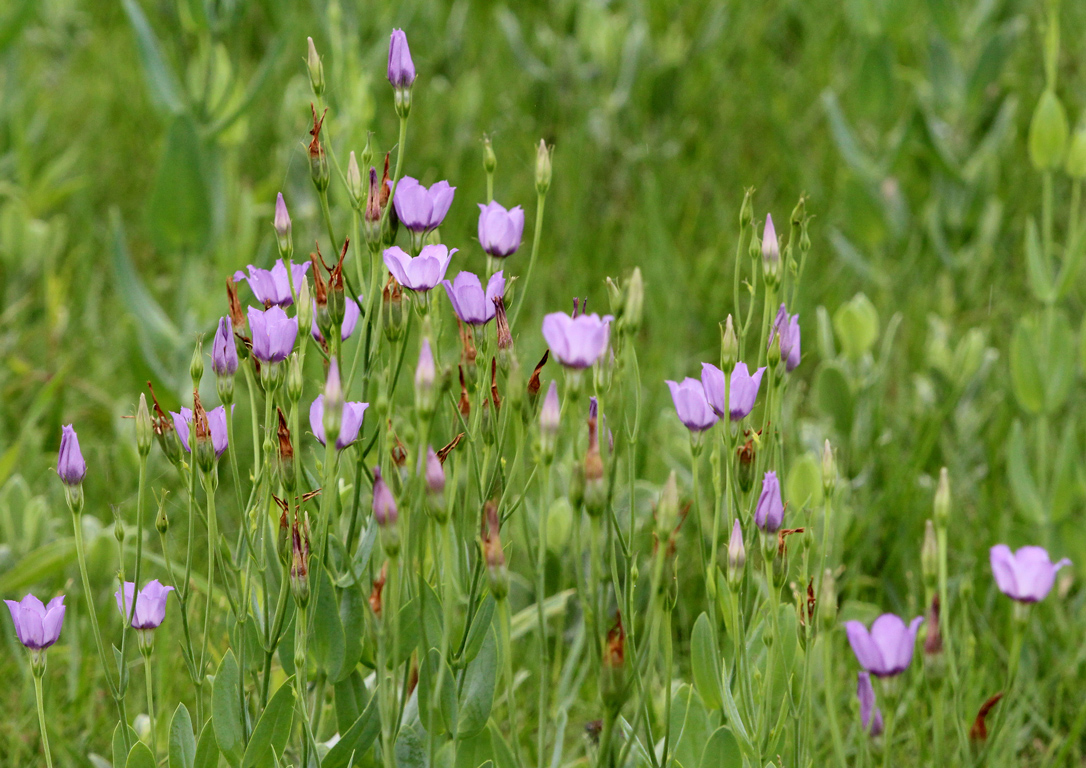Indianpipe
Indianpipe (Monotropa uniflora) is an odd wildflower as it contains no chlorophyll. It begins its life as a white, translucent plant, turning pinkish and developing blackish-purple flecks as it matures.
Inkwood
Inkwood (Exothea paniculata) occurs naturally in coastal hammocks, rocklands and shell mounds in coastal Central and South Florida. It is an excellent ornamental option for residential and commercial landscapes. Its dense, evergreen foliage is attractive year-round and offers cover for birds and other wildlife. Its fragrant flowers bloom late winter into summer, peaking in spring. They attract a variety of pollinators. The abundant fruit (produced on female trees) provides a tasty treat for birds in late spring and summer.
Innocence
Although often overlooked, the diminutive white flowers and verdurous leaves of Innocence (Houstonia procumbens) are a welcome sight for anyone with the winter blues.
Jack-in-the-pulpit
Some of our most unique and unusual wildflowers grow in the shade of floodplain and deciduous forests, including the intriguing Jack-in-the-pulpit.
Joewood
Joewood (Jacquinia keyensis) is an evergreen shrub found in coastal hammocks, strands and scrub in South Florida. It blooms year-round, peaking in summer and fall. The fragrant flowers are rich in nectar and attract a variety of pollinators, especially bees. Birds and other small wildlife savor the fruit and find cover in the plant’s dense foliage. Although common in its natural habitat, Joewood is a state-listed threatened species.
Lady lupine
Lady lupine (Lupinus villosus) is a stunning spring bloomer endemic to the Southeastern Coastal Plain. It thrives in the deep, well-drained sandy soils of sandhill habitats.
Lakeside sunflower
Lakeside sunflower (Helianthus carnosus) is a perennial wildflower endemic to northeast Florida that inhabits open sunny edges of lakes and marshes. The beautiful bright yellow flowers attract a variety of bees, butterflies and beetles, and the seeds are eaten by birds.
Lanceleaf blanketflower
Lanceleaf blanketflower (Gaillardia aestivalis) is a short-lived perennial wildflower with compound, solitary blooms. It typically blooms in summer through early fall and attracts a variety of pollinators.
Lanceleaf tickseed
Lanceleaf tickseed (Coreopsis lanceolata) has conspicuously sunny flowers that typically bloom in spring. It attracts butterflies and other pollinators, and its seeds are eaten by birds and small wildlife.
Largeflower milkweed
Largeflower milkweed (Asclepias connivens) is a perennial wildflower found throughout much of Florida. Its conspicuous flowers appear in late spring through summer in moist pine flatwoods, savannahs and bogs.
Largeleaf rosegentian
Largeleaf rosegentian (Sabatia macrophylla) is a strikingly white wildflower that occurs in wetland savannas, wet pinelands and even roadside ditches in Florida’s Panhandle and northeast corner.
Leafless swallowwort
Leafless swallowwort is a strange little flowering vine that occurs along the edges of upland to coastal hammocks and floodplain to pineland forests. It is the sole larval host for the Giant milkweed bug (Sephina gundlachi).
Leavenworth’s tickseed
Leavenworth’s tickseed (Coreopsis leavenworthii) it is often used as a component of mixed wildflower and butterfly gardens, and is excellent for sunny roadsides, highway medians and powerline easements.
Lemon bacopa
Lemon bacopa (Bacopa caroliniana) is a low-growing, herbaceous wildflower that typically blooms late spring through fall, but can bloom year-round. Its nectar attracts a variety of small pollinators.
Lewton’s milkwort
Lewton’s milkwort (Polygala lewtonii) is a state-endangered wildflower, endemic to only six counties in Central Florida. It occurs in scrub, sandhill and pine barren habitats.
Lizard’s tail
Lizard’s tail (Saururus cernuus) is a perennial aquatic wildflower. Its tiny, white blooms are born in early spring through summer and attract a variety of pollinators.
Longleaf milkweed
Longleaf milkweed (Aslcepias longifolia) typically blooms in spring. It is a larval host for Monarch and Queen butterflies, and an important nectar source for bees and wasps.
Lopsided Indiangrass
Lopsided indiangrass (Sorghastrum secundum) is a robust and unique perennial bunchgrass. Throughout most of the year, it is rather indistinct. But in late summer, it produces tall, dramatic flower spikes. It occurs naturally in pinelands, sandhills and flatwoods. It is the larval host plant for the Delaware skipper, dusted skipper and swarthy skipper.
Lyreleaf sage
Lyreleaf sage (Salvia lyrata) is an attractive perennial with leafless spikes of tubular, lavender to bluish flowers. Bees are its predominant pollinator, but it also attracts butterflies and hummingbirds.
Mangrove spiderlily
Also known as Perfumed spiderlily, Mangrove spiderlily is found in mangrove swamps and coastal swales and dunes, and along coastal hammock edges in Central and South Florida. Its showy sweet-scented flowers bloom spring through fall and are primarily pollinated by moths.
Manyflower beardtongue
Manyflower beardtongue (Penstemon multiflorus) has many showy white flowers that attract a number of pollinators, including hummingbirds. The plant is a larval host for the Baltimore checkerspot.
Manyflowered grasspink
Manyflowered grasspink (Calopogon multiflorus) is a state-threatened terrestrial orchid that blooms winter through spring, but most abundantly in March through May.
Marlberry
Marlberry (Ardisia escallonioides) blooms and fruits intermittently throughout the year. Its abundant fruit is enjoyed by birds and small animals and is also edible to humans.
Marsh gentian
Marsh gentian (Eustoma exaltatum) has showy purple to lavender (or sometimes white) flowers. It can bloom throughout the year and occurs naturally in salt marshes, dunes, and coastal flats.

